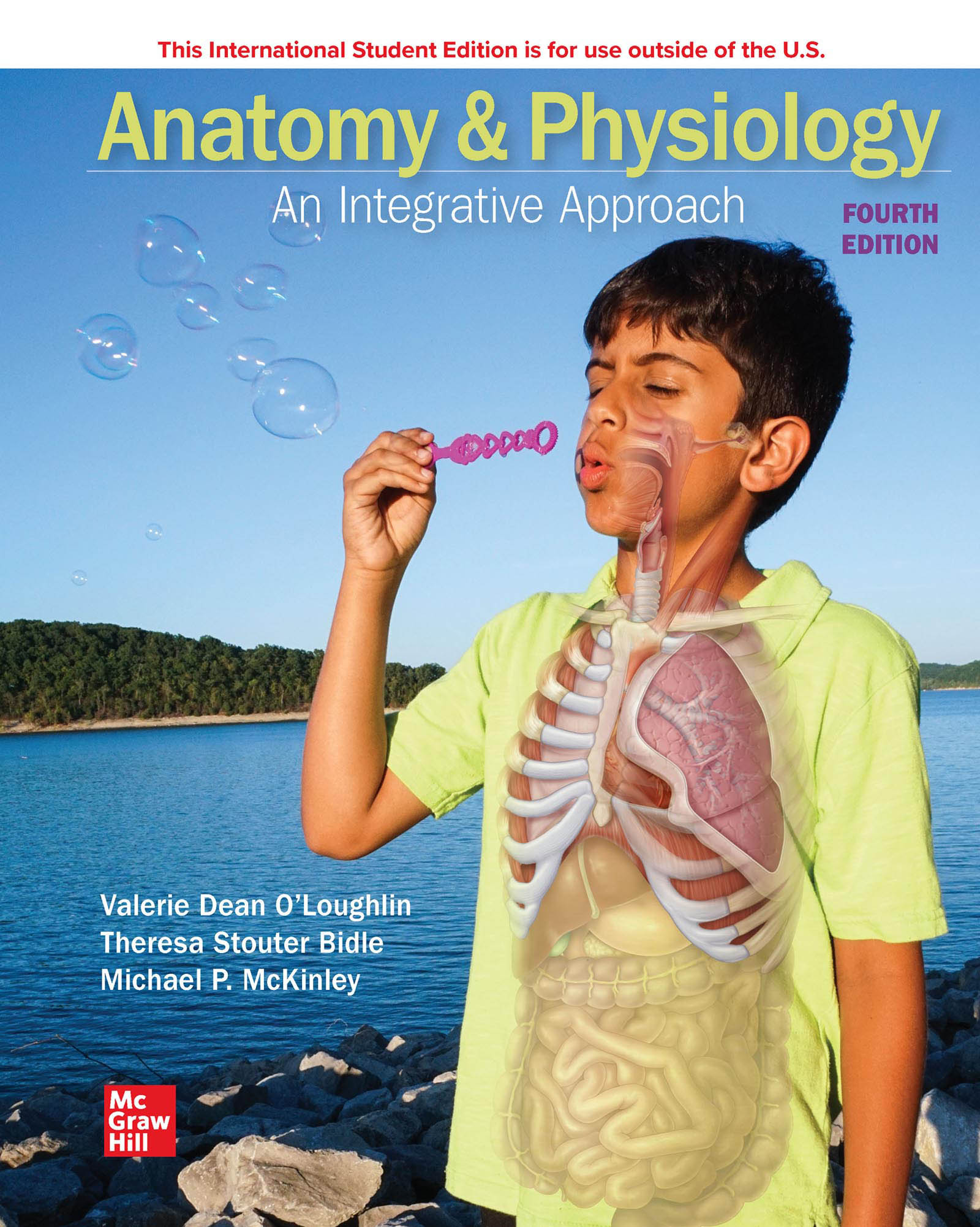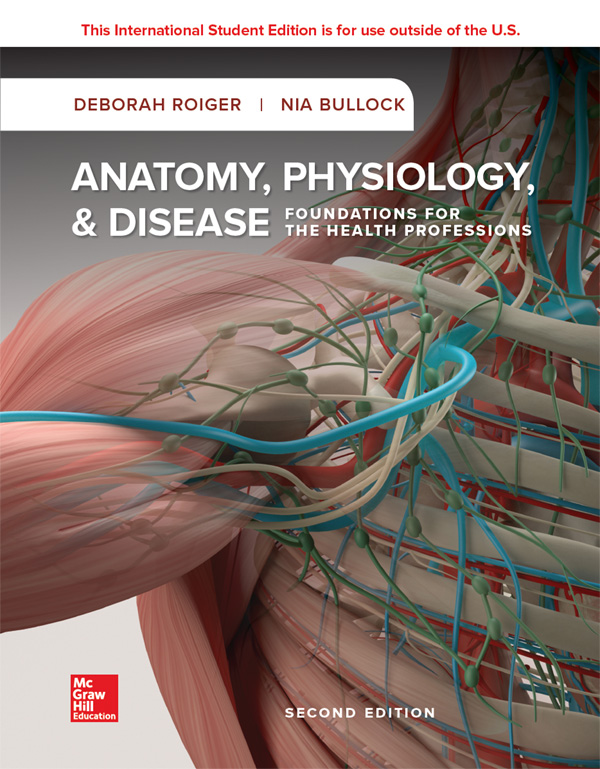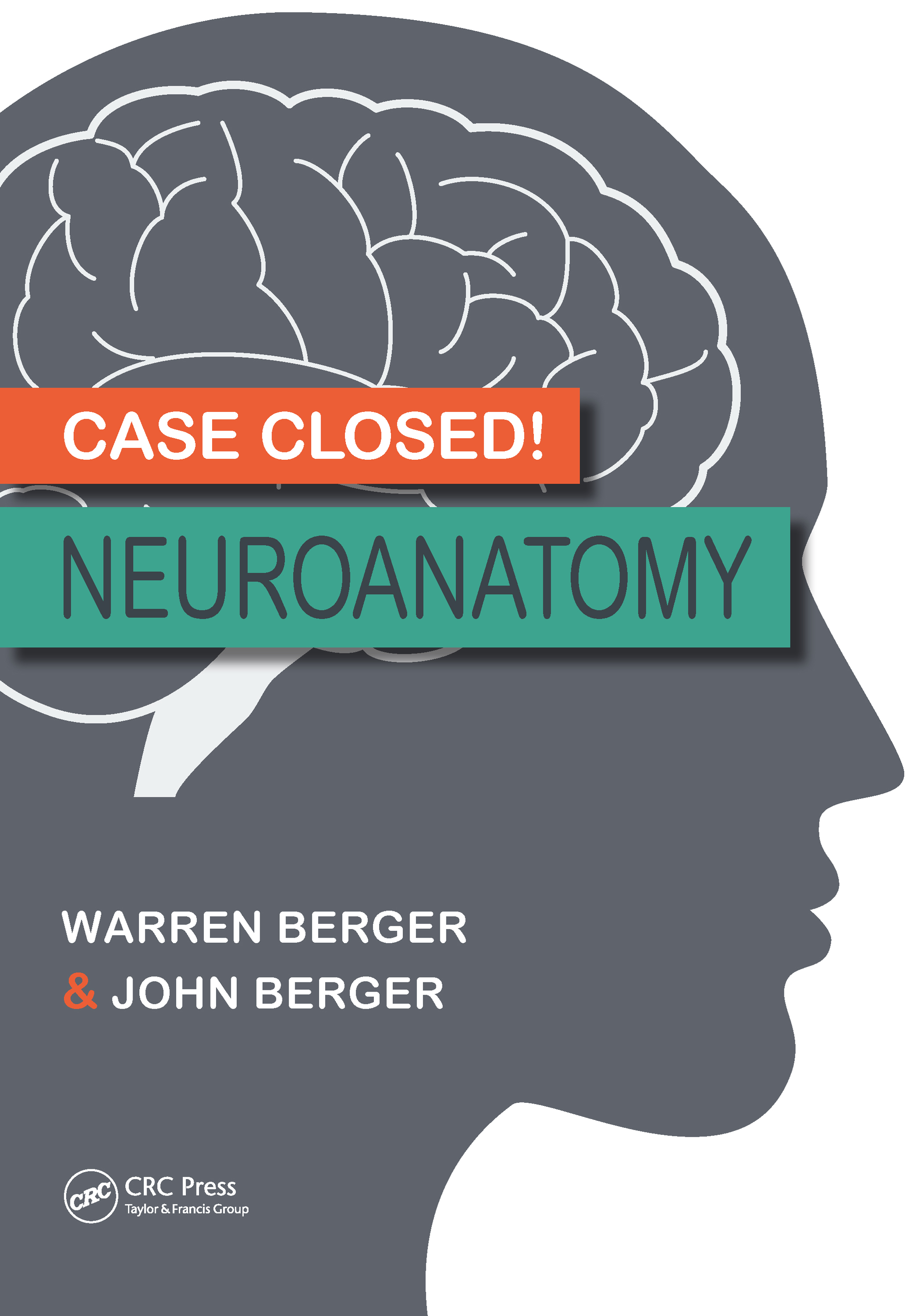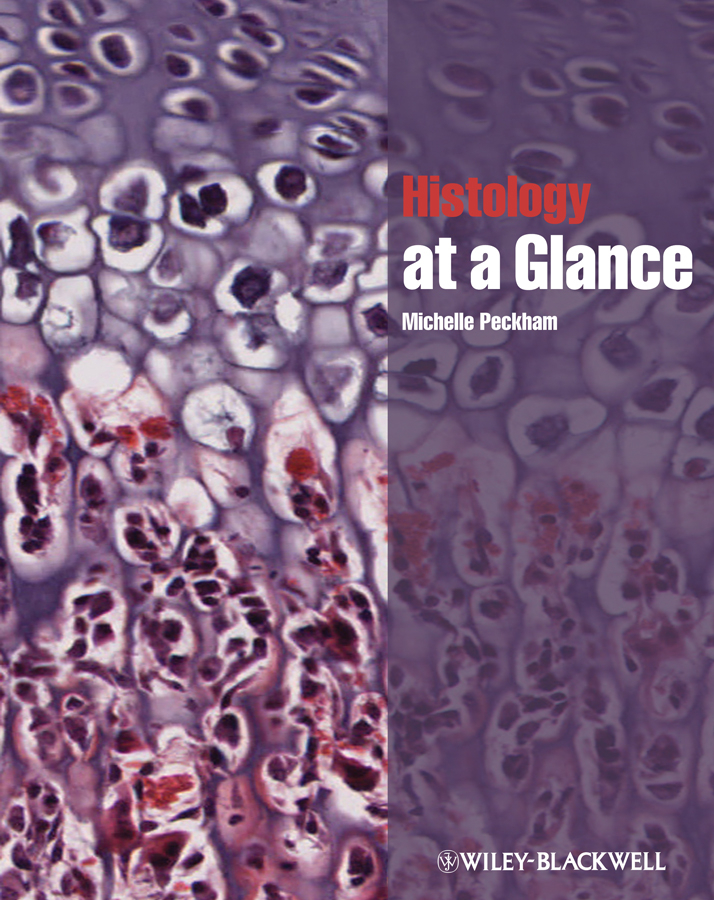CLCR32
LanguageENG
PublishYear2022
publishCompany
McGraw Hill
EISBN
9781264364138
PISBN
9781260265217
edition
4th ed.
- Product Details
- Contents
- More About the Author
McKinley/O'Loughlin/Bidle's Anatomy and Physiology: An Integrative Approach, 4th edition brings many elements of the study of A&P together in unique ways to maximize understanding. Anatomy and physiology are covered within each chapter, emphasizing the interdependence of body systems by weaving prior coverage of one system into textual explanations of how other systems work. All figures are carefully designed to support the text narrative, and carry brief textual explanations, which make figures self-contained study tools. The text helps students apply chapter content by using clinical examples that show students what can go wrong in the body, crystalizing their understanding of the “norm.” Mini self-tests at the end of each section assess students’ grasp of the material, and end-of-chapter assessments encourage students to apply and synthesize what they have learned. Career opportunities for A&P students are highlighted at the beginning of each chapter. Practical advice for remembering material is included throughout, and chapters end with a summary of available media tools.
Michael McKinley
Michael P. McKinley received his undergraduate degree from the University of California, and both M.S. and Ph.D. degrees from Arizona State University. In 1978, as a postdoctoral fellow at the University of California at San Francisco (UCSF) Medical School, he investigated prion-diseases. In 1980, he joined the anatomy faculty at the UCSF Medical School, where he taught medical histology and authored or co-authored more than 80 scientific papers. Joining the biology faculty at Glendale Community College from 1991 to 2012, Michael taught undergraduate anatomy and physiology, general biology, and genetics. Between 1991 and 2000, he researched Alzheimer’s disease while teaching developmental biology and human genetics at Arizona State University, West. His vast experience in histology, neuroanatomy, and cell biology greatly shaped the content in Anatomy and Physiology. Retiring from active teaching in 2012, he continues to be an active member of the Human Anatomy and Physiology Society (HAPS).











